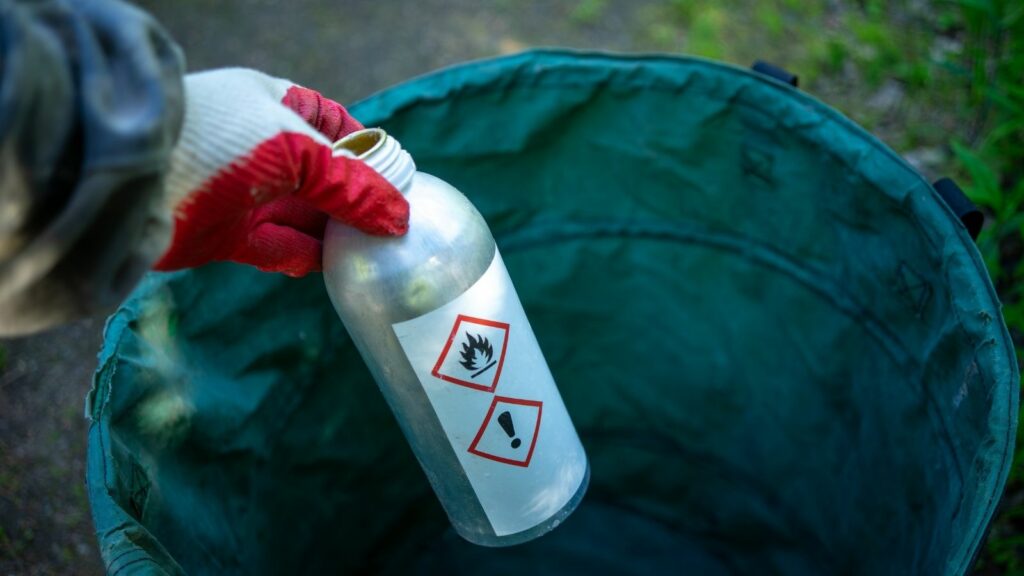Have you ever considered the everyday items in your home and wondered if they may be more harmful than beneficial? Increasing environmental and health concerns have led to debates about whether certain common household products should be banned in Canada. As we learn more about how these items affect our environment and our well-being, many of us are starting to ask: “Is it time to say goodbye to these products?”
In this article, we take a closer look at 29 everyday household items that might soon disappear from Canadian shelves.
Single-Use Plastic Straws

Remember the days when a simple straw was just that—a straw? Today, single-use plastic straws have become a symbol of wastefulness. They’re tiny, but when you consider the billions used each year, their impact on our oceans and marine life is huge. Many communities around the world have already banned them. In Canada, the movement is growing, and it’s only a matter of time before single-use plastic straws become a relic of the past. Imagine ordering your favorite drink and using a biodegradable straw that disappears naturally after use—it’s a small change, but one that could make a big difference.
Disposable Plastic Shopping Bags
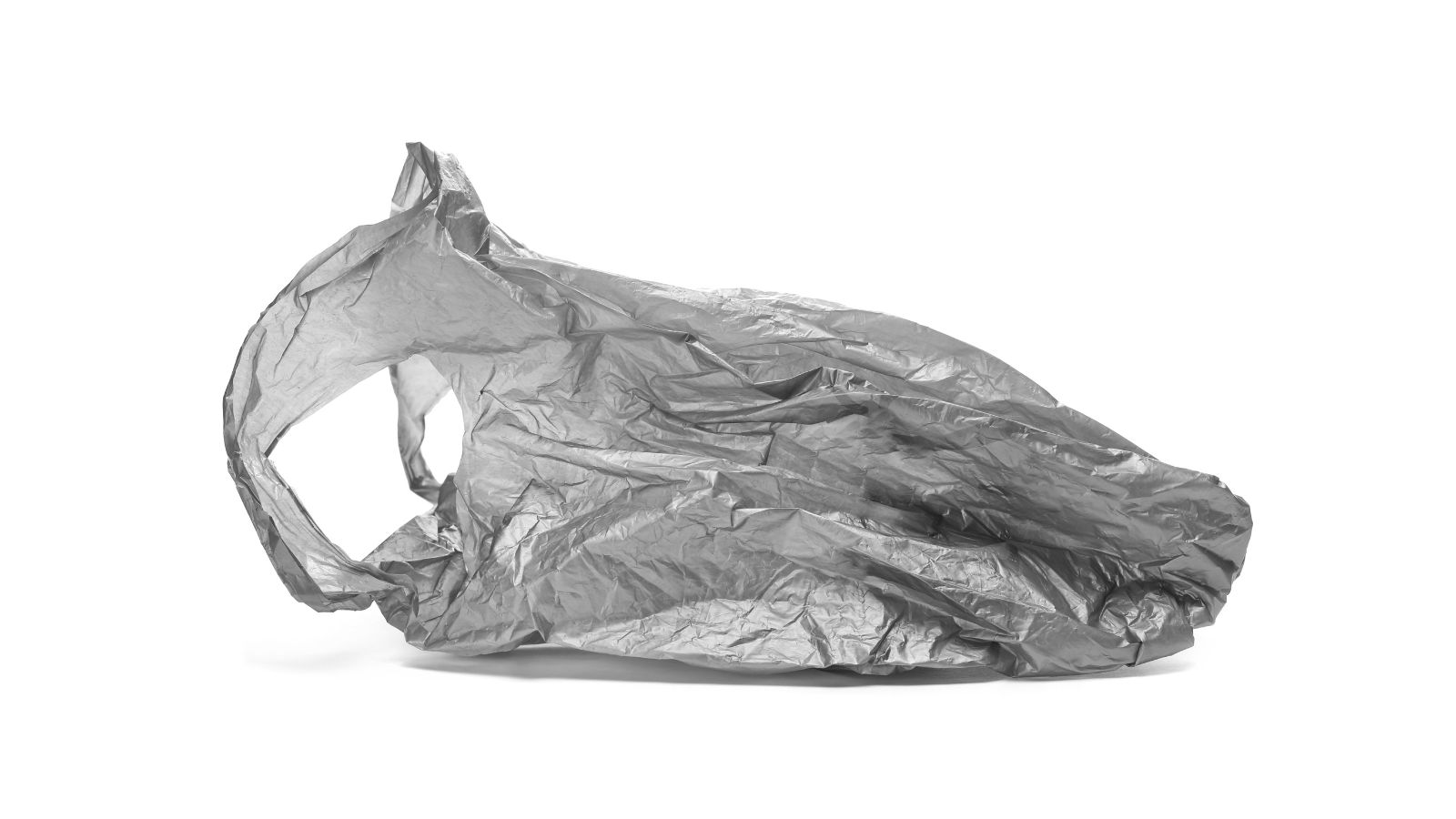
How many times have you carried a flimsy plastic bag home, only to have it become another piece of trash? Disposable plastic shopping bags are notorious for their short lifespan and long-lasting environmental footprint. Even though some provinces have already implemented bans or fees, these bags continue to cause problems. Picture a future where every shopping trip ends with a sturdy, reusable bag—a future where we reduce waste one bag at a time.
Disposable Plastic Cutlery

Have you ever been to a party where you’re handed a plastic fork and knife that you use only once? While these items may seem insignificant, their cumulative effect is overwhelming. Disposable plastic cutlery adds millions of pieces to our landfills every year. As awareness grows, many are urging manufacturers to switch to biodegradable or reusable options. Imagine the satisfaction of using a high-quality, reusable set of cutlery that not only looks great but also helps save the planet.
Polystyrene Foam Food Containers

Those familiar white foam containers that many of us have taken for granted might soon be a thing of the past. Polystyrene foam is difficult to recycle and can break into microplastics, contaminating our soil and waterways. With innovative alternatives emerging—like compostable containers made from plant fibers—we might soon see a change that benefits our lunch and the environment.
Polystyrene Foam Takeout Boxes

Along the same lines, takeout boxes made of polystyrene foam are under fire for their environmental impact. They’re light, easily scattered by the wind, and can break into tiny particles that persist for ages. As we shift toward more sustainable practices, expect these boxes to be replaced by options that can naturally decompose or be easily recycled.
Disposable Coffee Cups with Plastic Linings
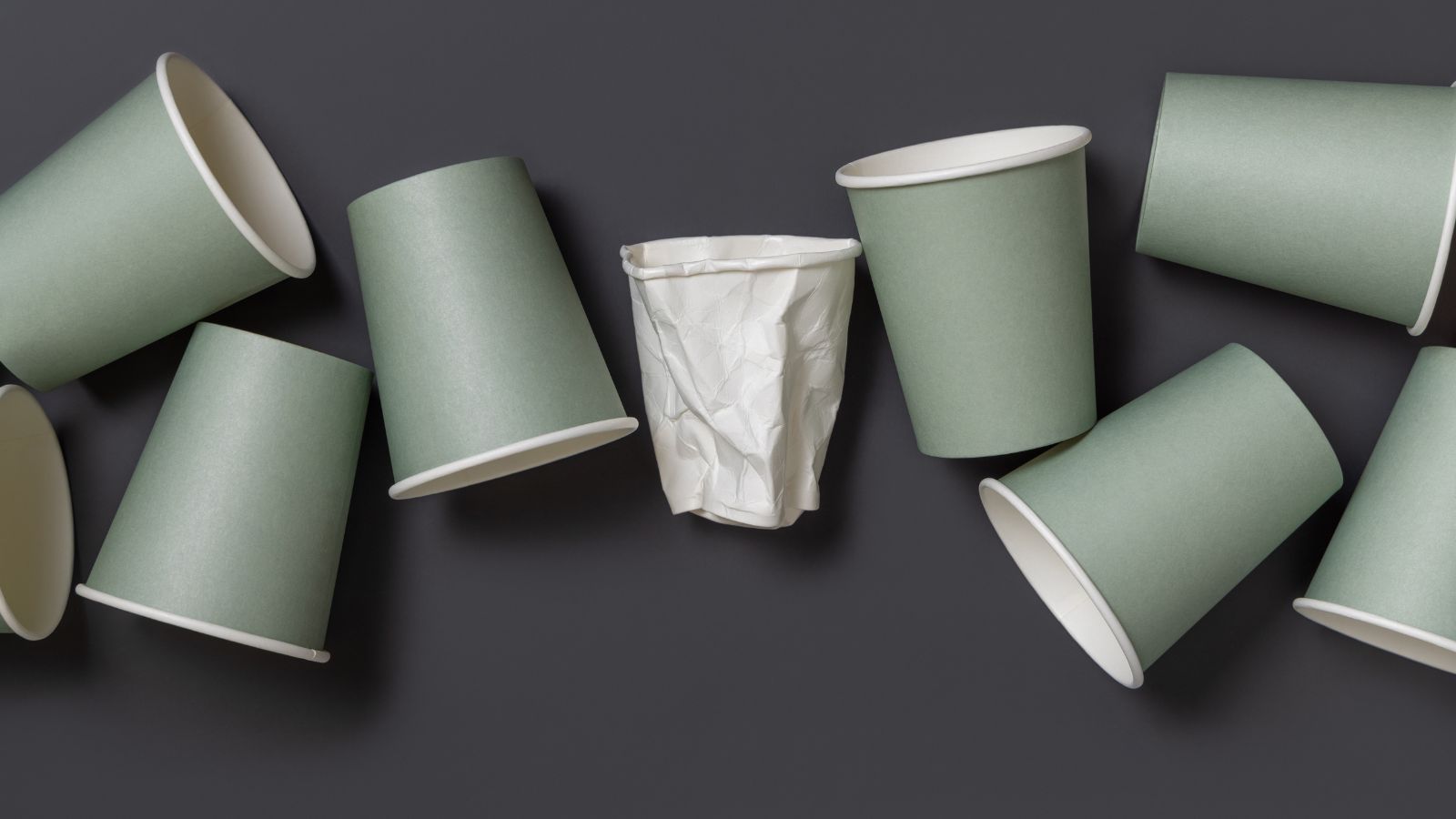
For many of us, grabbing a coffee on the go is part of our daily routine. But did you know that most disposable coffee cups have a plastic lining that makes them nearly impossible to recycle? This lining not only contributes to landfill waste but also prevents effective recycling. There’s a growing push to create fully recyclable or reusable coffee cups that can keep our mornings bright without costing the earth.
Cosmetic Products Containing Microbeads
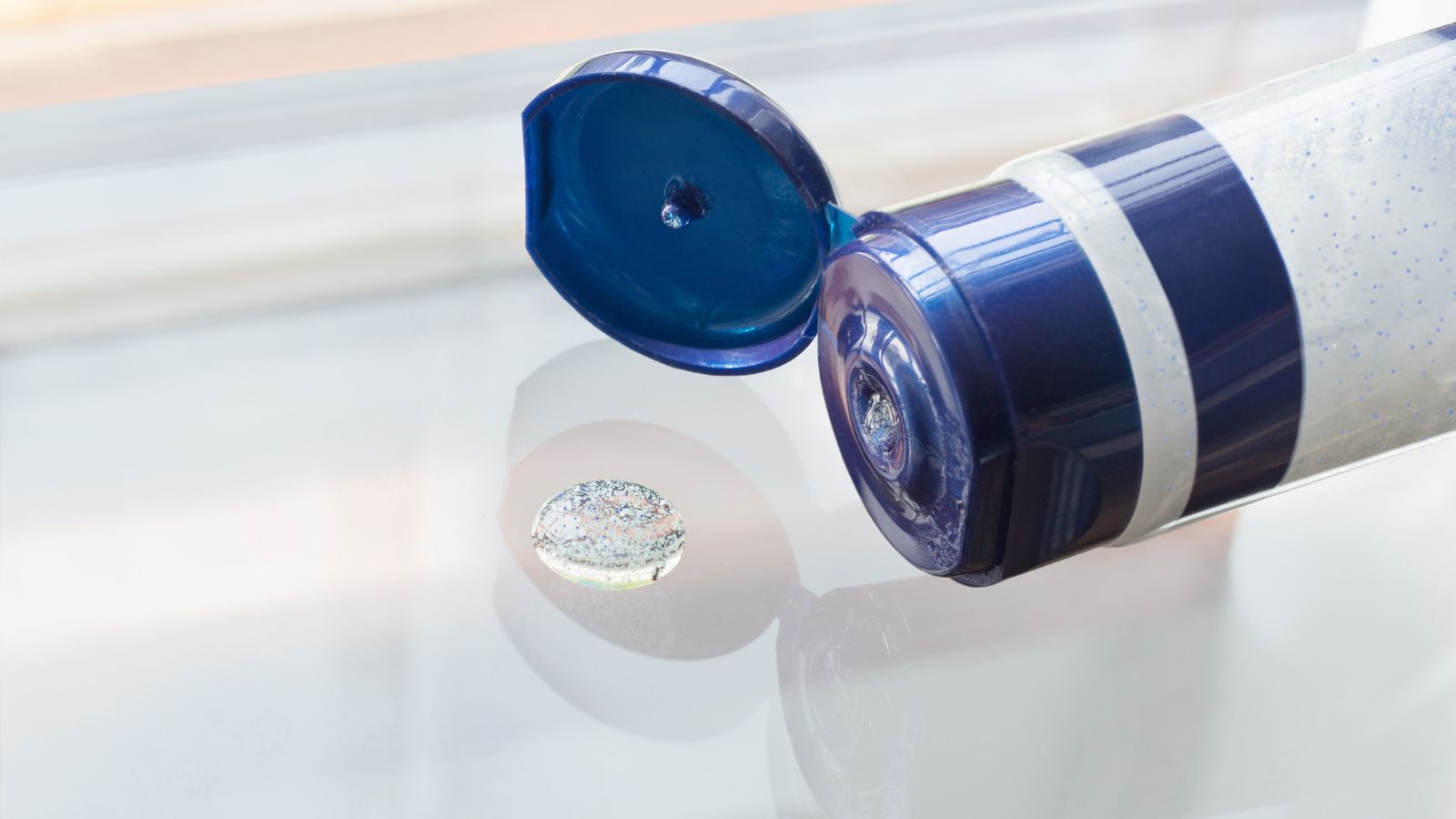
Microbeads have made headlines over the past decade as a harmful ingredient in exfoliating products. These tiny plastic particles, once washed down our drains, end up in our waterways, where they harm marine life. Although many countries have already banned them in cosmetics, any remaining products with microbeads in Canada are likely to face strict regulation. It’s a small ingredient with a big impact—one that we can no longer afford to overlook.
High-VOC Cleaning Sprays
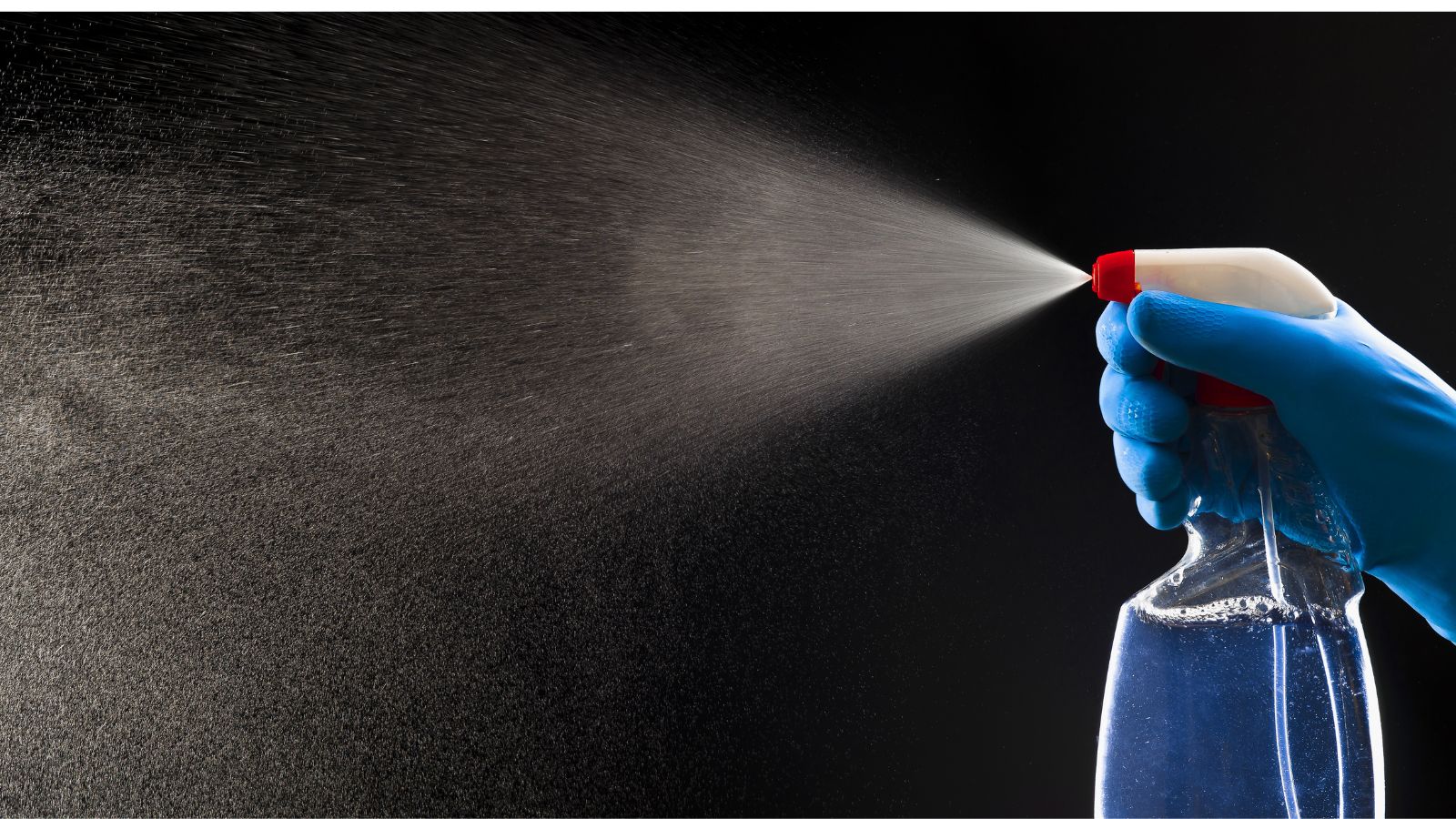
We all want a clean home, but many cleaning sprays contain volatile organic compounds (VOCs) that can damage indoor air quality and our health. High-VOC cleaning sprays can contribute to respiratory problems and other health issues. Imagine cleaning your home with products that not only leave it spotless but also improve the air you breathe. That’s the goal behind the movement toward low-VOC or VOC-free cleaning products.
Air Fresheners with Hazardous Chemicals

Air fresheners are meant to create a pleasant atmosphere in our homes. However, some of them release chemicals that can be harmful when inhaled over long periods. The very products meant to freshen our air might be contributing to indoor pollution. As regulators examine the ingredients in these products, we may soon see bans on those that fail to meet safer standards. In the meantime, natural alternatives like essential oil diffusers are becoming increasingly popular.
Flame Retardant-Treated Black Plastic Kitchen Utensils

An unexpected entry on our list is black plastic kitchen utensils treated with flame retardants. Recent research has raised alarm about chemicals like BDE-209, utilized to enhance these items’ flame resistance and the associated health risks. Although the reported figures may have been modified after further investigation, the notion that harmful substances could seep into our food is concerning.
Mercury Thermometers
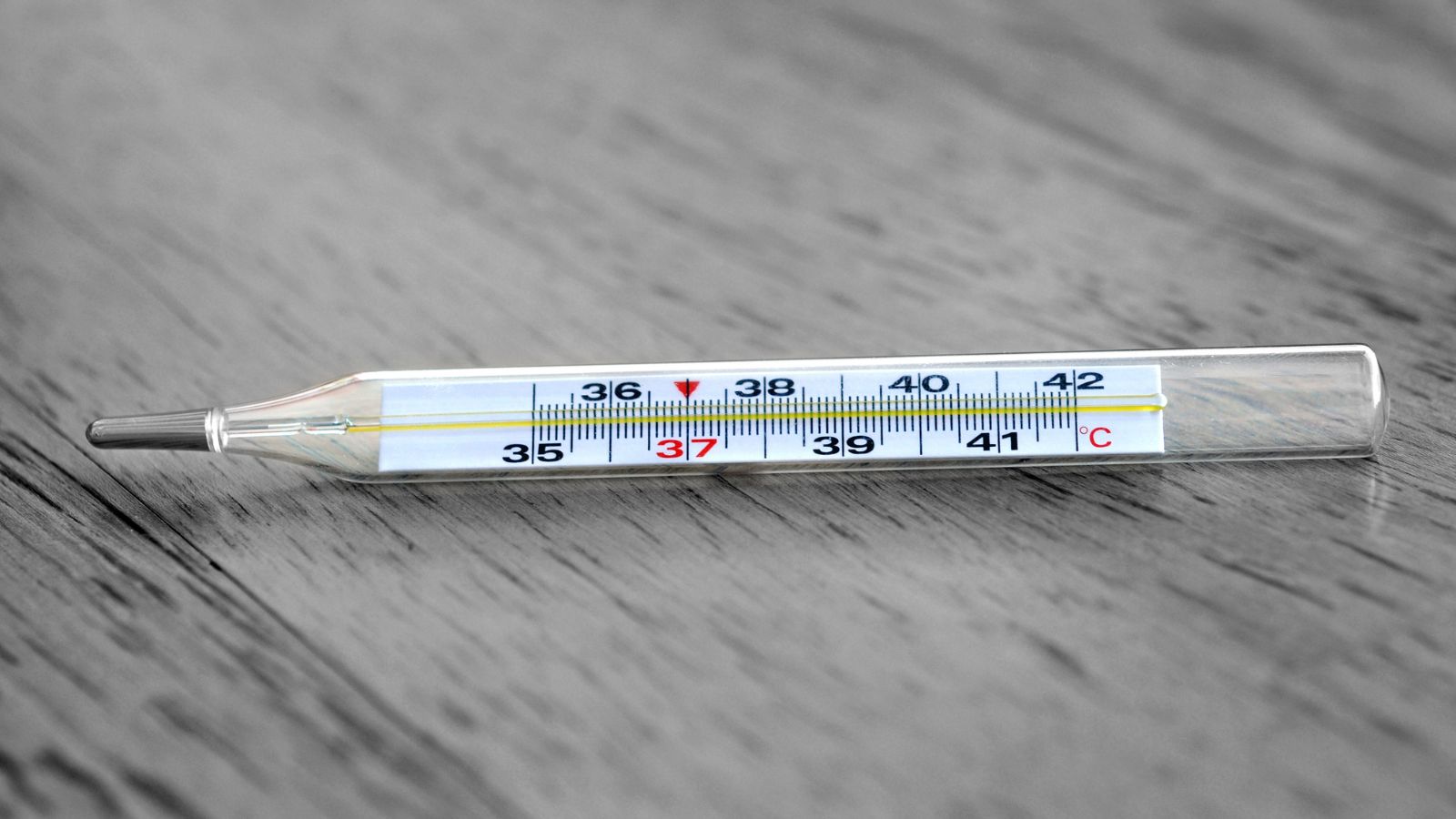
Mercury thermometers are not only outdated—they’re dangerous. Mercury is a toxic substance, and even small spills can have lasting health and environmental impacts. Digital thermometers have become the norm, and mercury thermometers are increasingly viewed as unnecessary risks. Many households are already making the switch, and regulators are unlikely to look kindly on products that continue to pose such hazards.
Inefficient Incandescent Light Bulbs
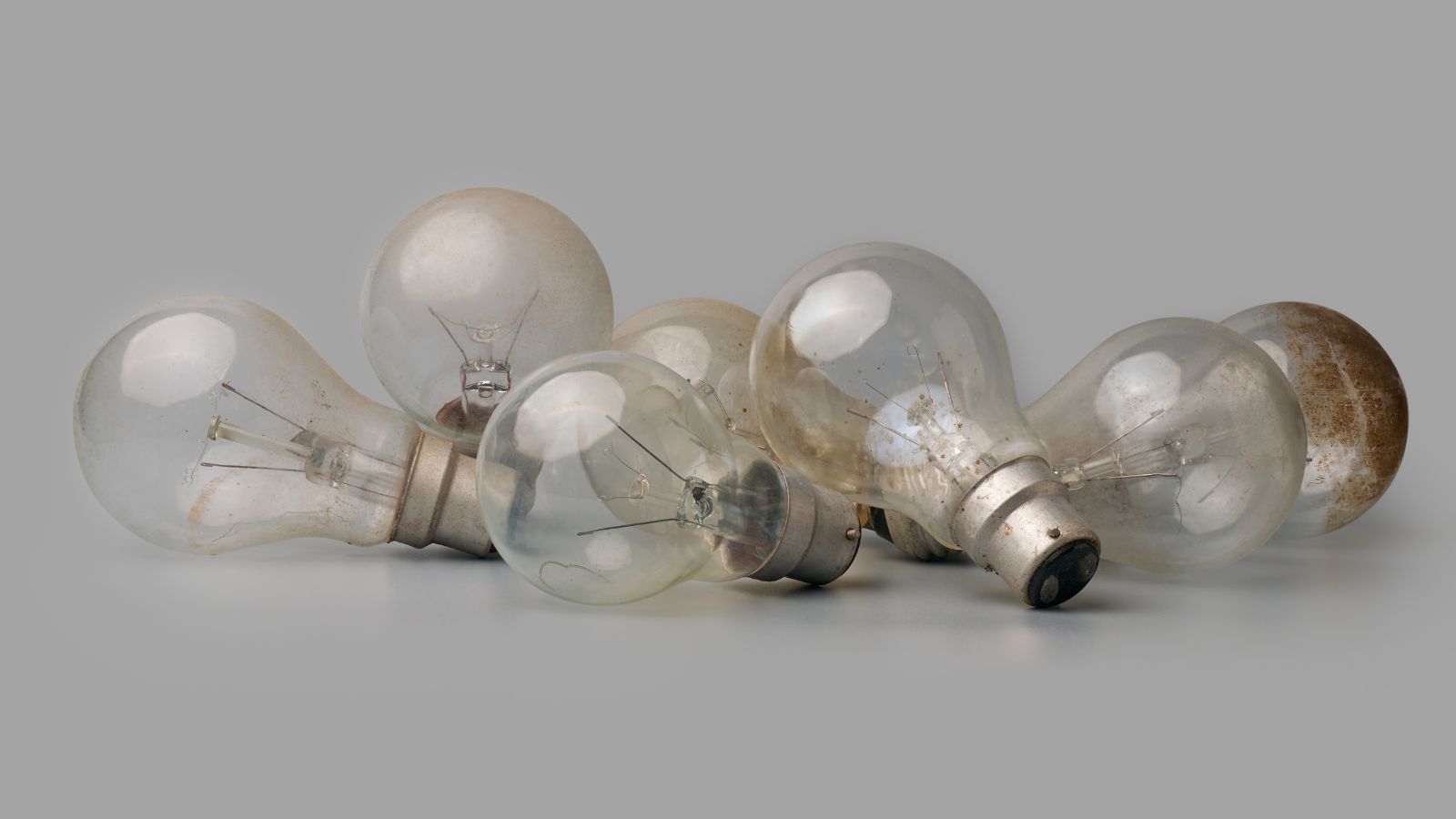
Energy efficiency isn’t just a buzzword—it’s a necessity for reducing our environmental impact. Incandescent light bulbs are highly inefficient compared to modern LEDs, which use a fraction of the energy and last much longer. Although many parts of Canada have already phased out incandescent bulbs, any that remain are likely to be banned soon. The future of lighting is bright—and energy-efficient.
Disposable Plastic Water Bottles
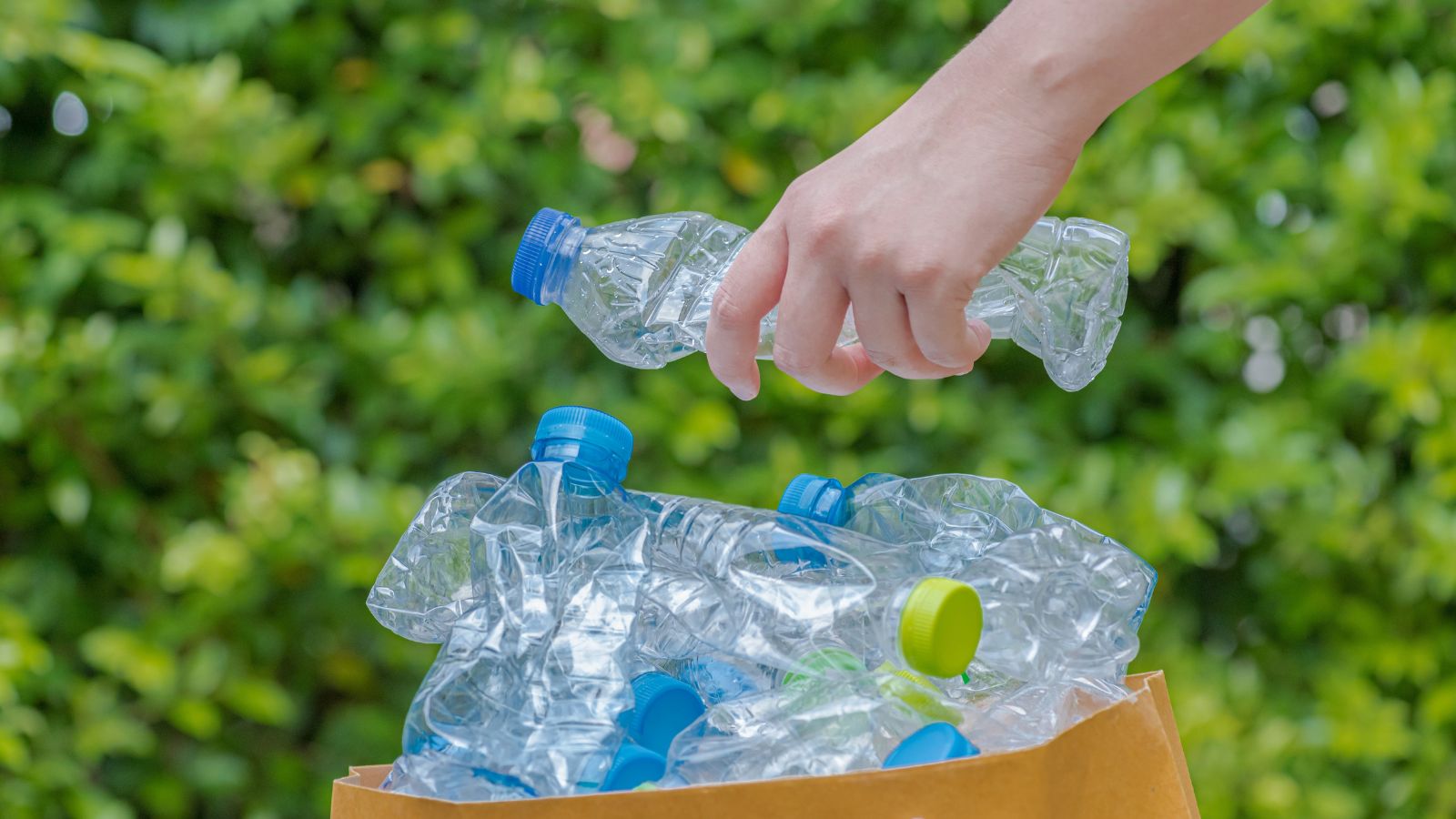
Disposable plastic water bottles are a staple of modern convenience, but their environmental cost is immense. Every bottle that is used once and thrown away adds to the massive problem of plastic waste. With a growing trend toward refillable water bottles and home filtration systems, the days of single-use plastic bottles may be numbered.
Children’s Toys Made with Toxic Phthalates

When it comes to products for our children, safety is paramount. Unfortunately, many toys still contain phthalates—chemicals used to soften plastics—that have been linked to hormonal disruptions and developmental issues. With parents increasingly demanding safer products, manufacturers are under pressure to eliminate these substances. Future regulations could soon make toxic toys a thing of the past, ensuring our children grow up in a healthier environment.
Chemical Solvent-Based Adhesives and Glues
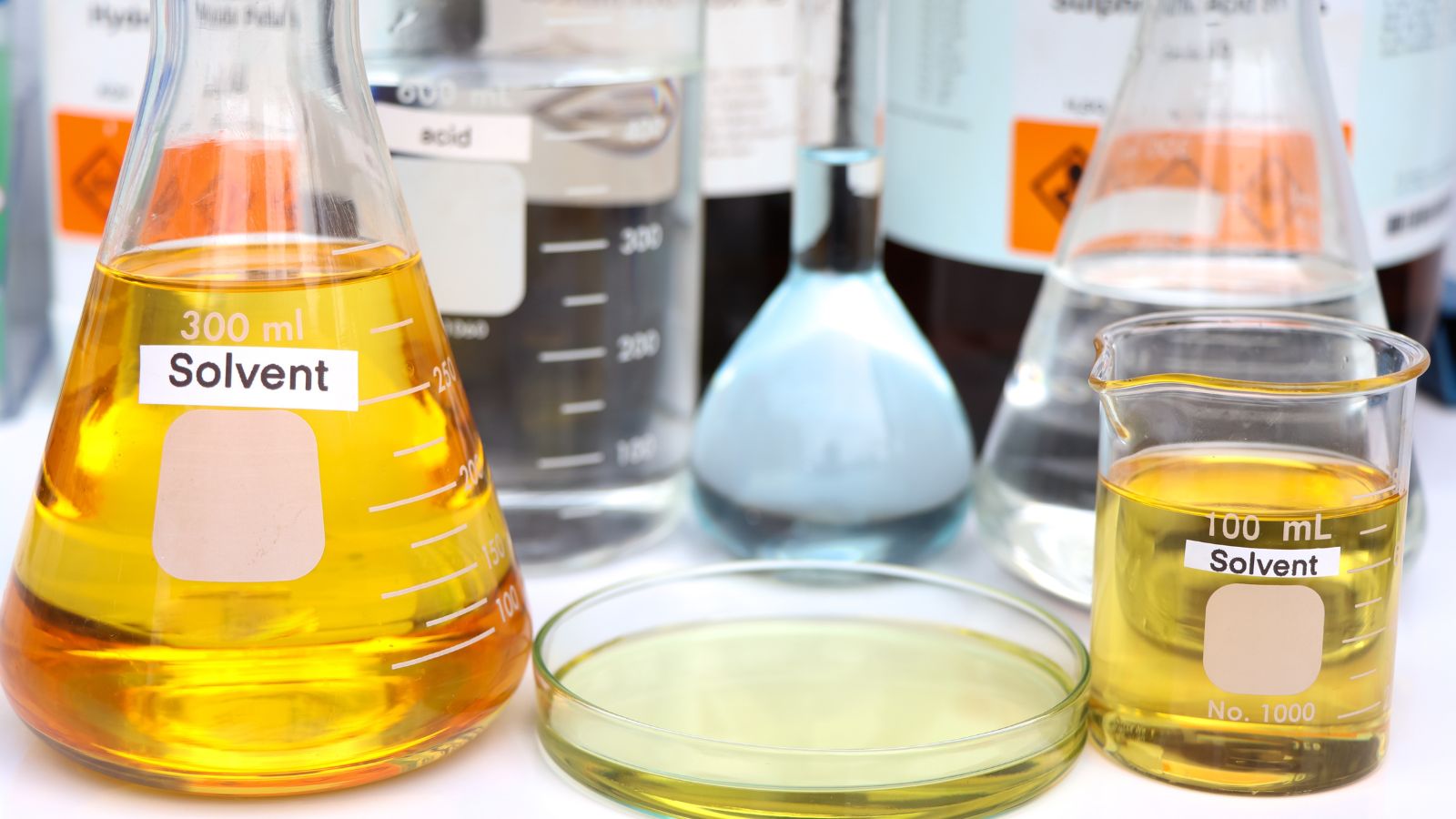
Adhesives are everywhere—from packaging to home repairs—but many contain chemical solvents that release VOCs into the air. These emissions can affect indoor air quality and pose health risks over time. As more eco-friendly and solvent-free adhesives become available, we may soon see a shift away from these potentially harmful products.
Air Conditioners Using R-22 Refrigerant

If you’ve ever wondered why your air conditioner seems so outdated, it might be because it uses R-22 refrigerant—a substance known for harming the ozone layer. As international agreements phase out ozone-depleting chemicals, air conditioners that rely on R-22 are being replaced by greener, more efficient models. This means that if you still have an older unit, it may soon be considered obsolete.
PVC-Based Shower Curtains
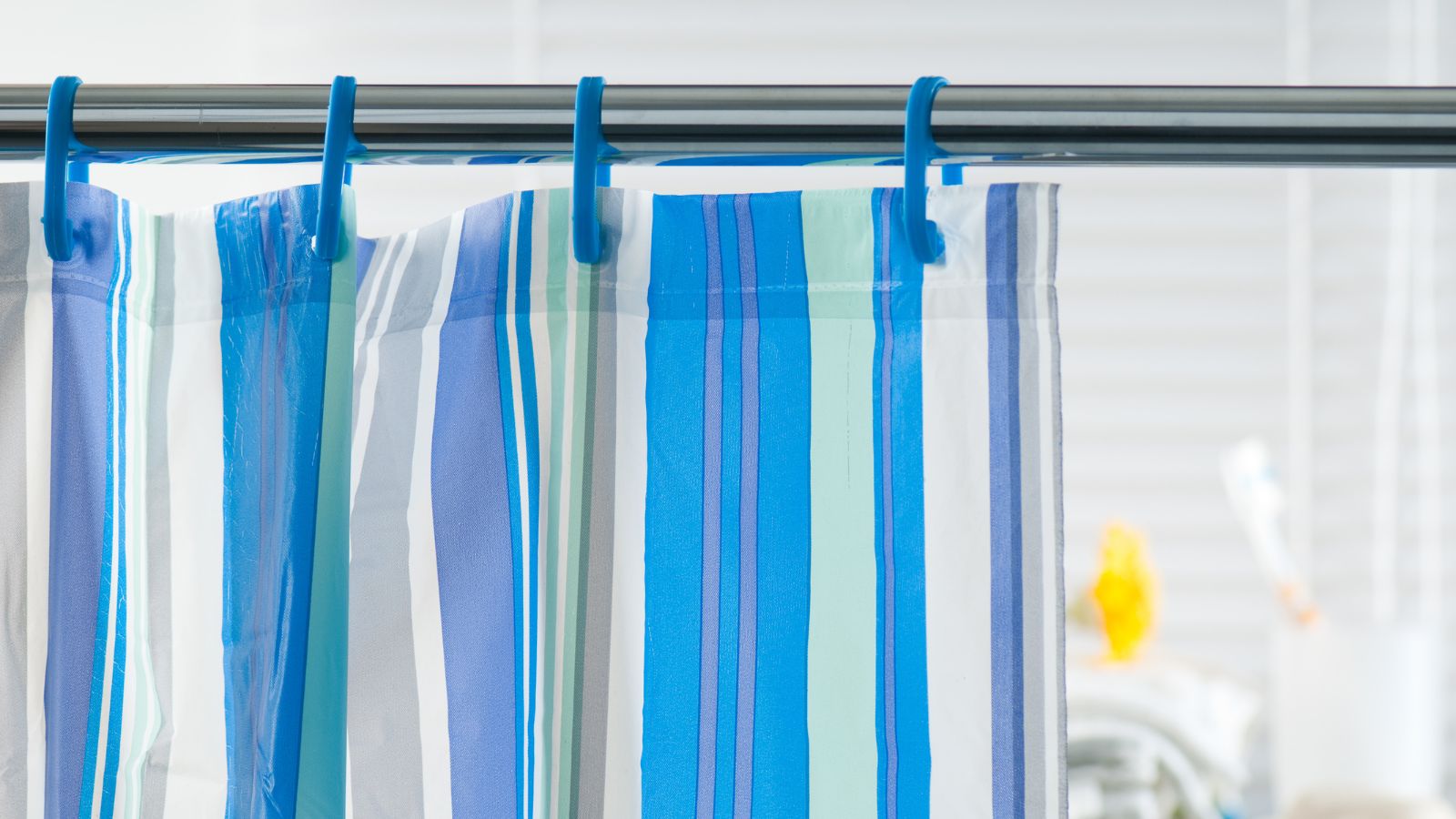
PVC is a versatile plastic, but when used in shower curtains, it often contains additives that can be harmful to both our health and the environment. Chemicals like phthalates used in PVC can leach out over time, especially in warm, humid environments. Increasingly, consumers and regulators alike are seeking safer materials, which means that PVC-based shower curtains could be phased out in favor of more eco-friendly options.
Cosmetics Containing PFAS

PFAS—often referred to as “forever chemicals” because they don’t break down—are increasingly under fire for their potential health risks. These chemicals can be found in some cosmetic products, providing water- and oil-resistant properties. However, mounting evidence of their toxicity is pushing regulators to consider stricter limits. As consumers demand safer beauty products, cosmetics containing PFAS might soon disappear from the market.
Laundry Detergents with Phosphates
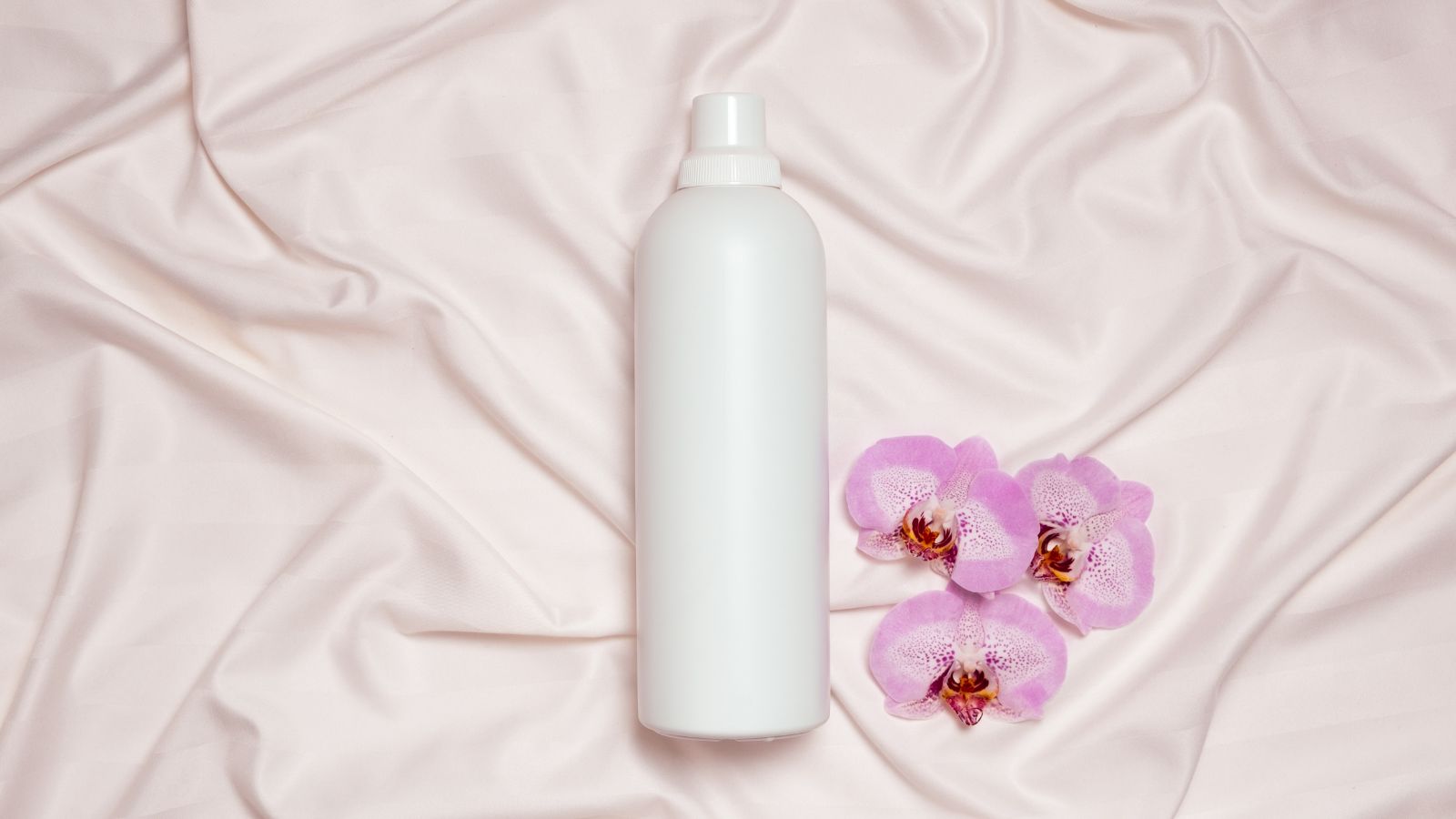
Phosphates help detergents clean by softening water, they have a dark side: they contribute to water pollution and can trigger algal blooms that harm aquatic ecosystems. Although some regions have already imposed limits on phosphate use, laundry detergents with high phosphate levels may face further restrictions. Imagine doing your laundry knowing that your detergent is safe for your clothes and the environment.
Dishwasher Detergents with Phosphates

Dishwasher detergents with phosphates share the same environmental concerns as laundry detergents. When these chemicals enter waterways, they upset the balance of aquatic life. As more consumers opt for eco-friendly cleaning products, dishwasher detergents will likely be reformulated to eliminate phosphates, preserving our water quality for future generations.
Excessive Single-Use Plastic Food Packaging
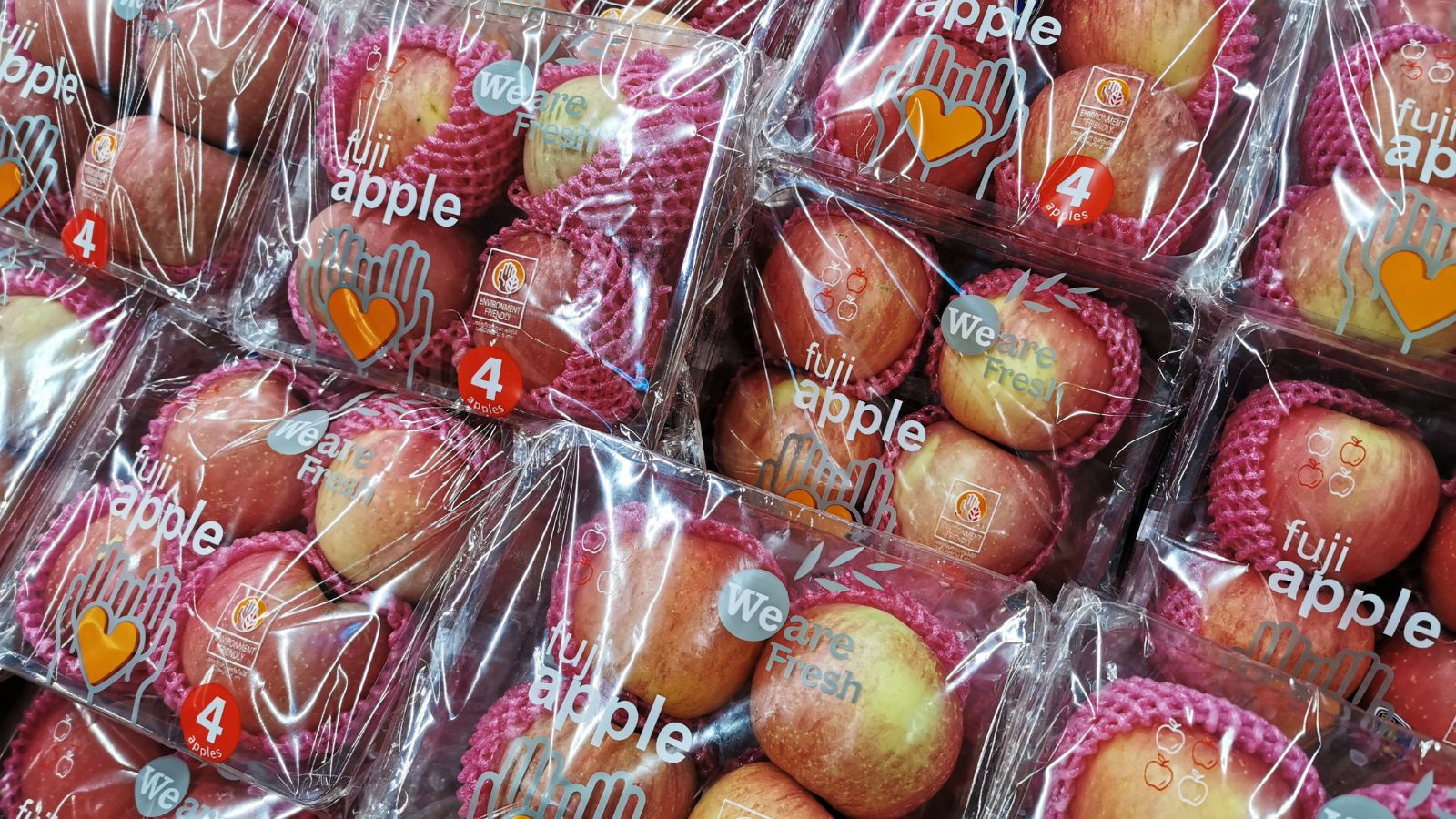
From snack wrappers to sandwich bags, excessive single-use plastic food packaging is everywhere. This packaging often ends up as waste, contributing significantly to landfill mass and littering our landscapes. As retailers and governments push for sustainable packaging solutions, we may soon see a major reduction in plastic packaging, replaced by more biodegradable or reusable options.
Disposable Plastic Produce Bags
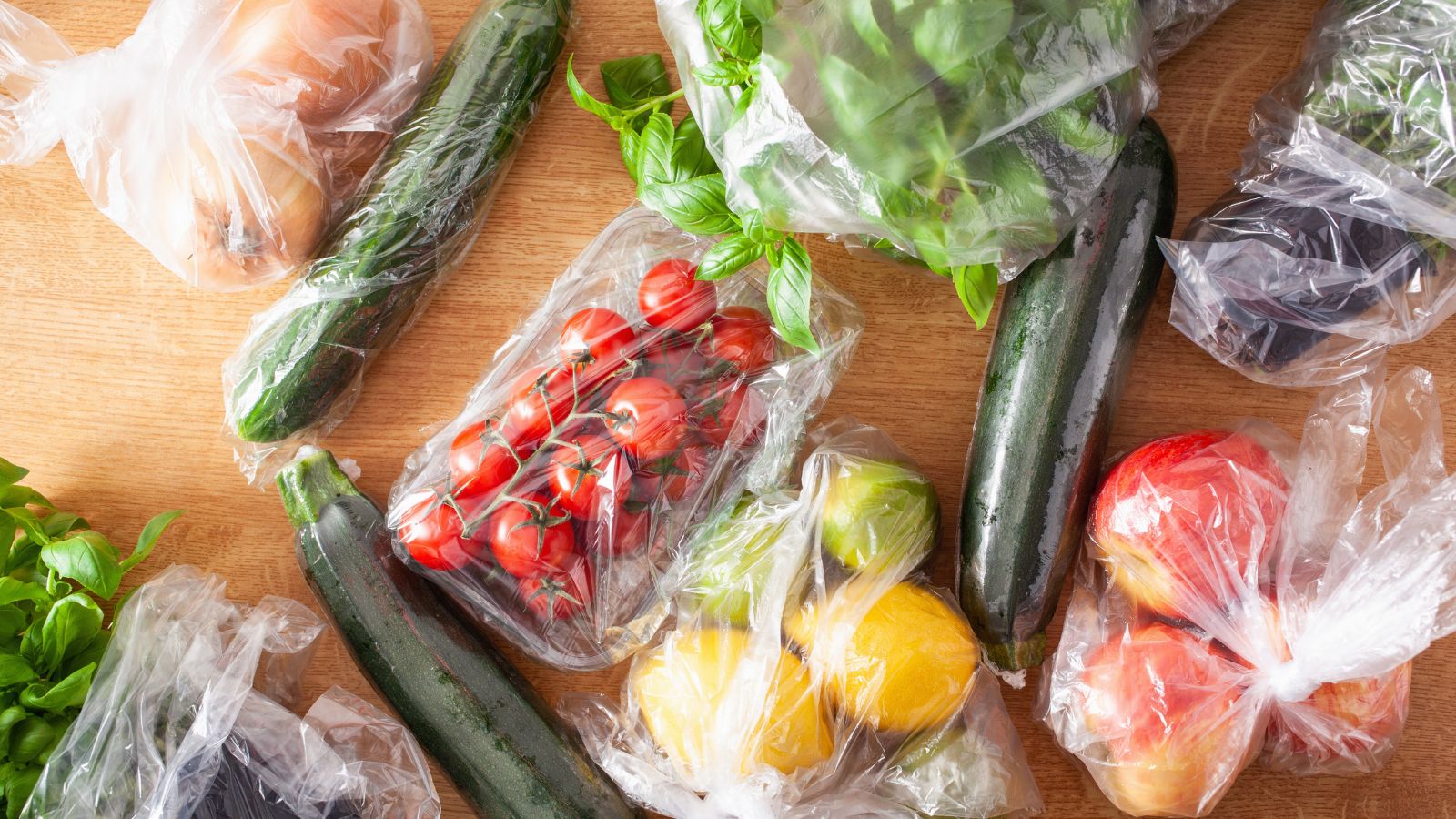
Although small, disposable plastic produce bags add up quickly when you think of all the fruits and vegetables purchased every day. Their convenience is overshadowed by their environmental cost. Many of these bags are destined for the landfill, where they take years to break down. A shift toward reusable produce bags might not only save money in the long run but also reduce our collective plastic footprint.
Non-Biodegradable Disposable Diapers

For many parents, disposable diapers are a necessity—but they also represent a significant environmental challenge. Non-biodegradable diapers pile up in landfills and can take centuries to decompose. With innovative, eco-friendly diaper alternatives already on the market, the push for greener solutions is gaining momentum, offering hope for a future where diaper duty doesn’t come at the expense of our planet.
Non-Recyclable Plastic Wrap/Cling Film
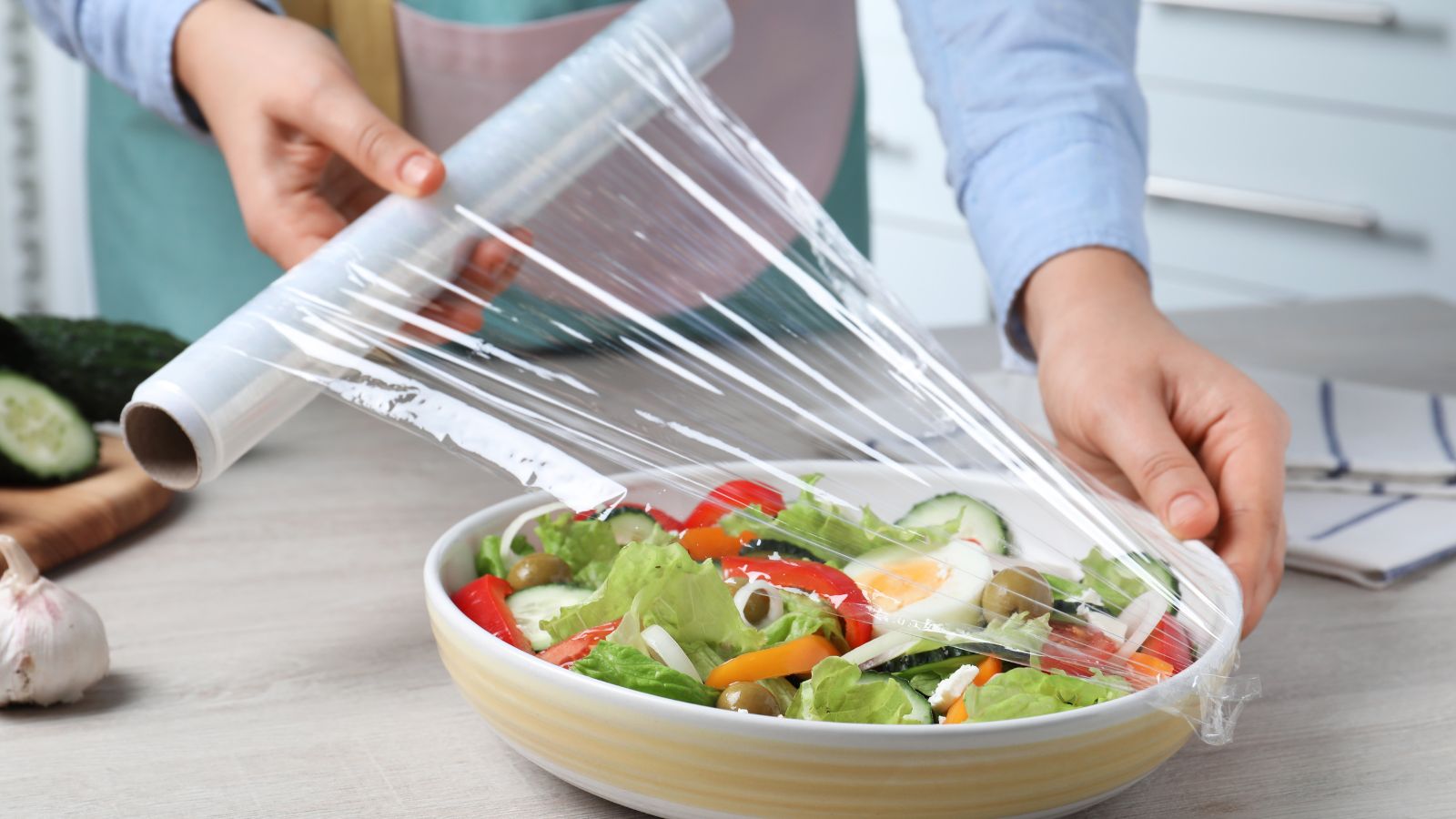
Plastic wrap is a kitchen staple, yet its thin, flexible nature makes it incredibly difficult to recycle. It often ends up as litter, contributing to the ever-growing problem of plastic pollution. As consumers become more aware of these issues, alternatives like biodegradable wraps or simply reducing our reliance on plastic wrap may soon become the norm.
Disposable Plastic Razors
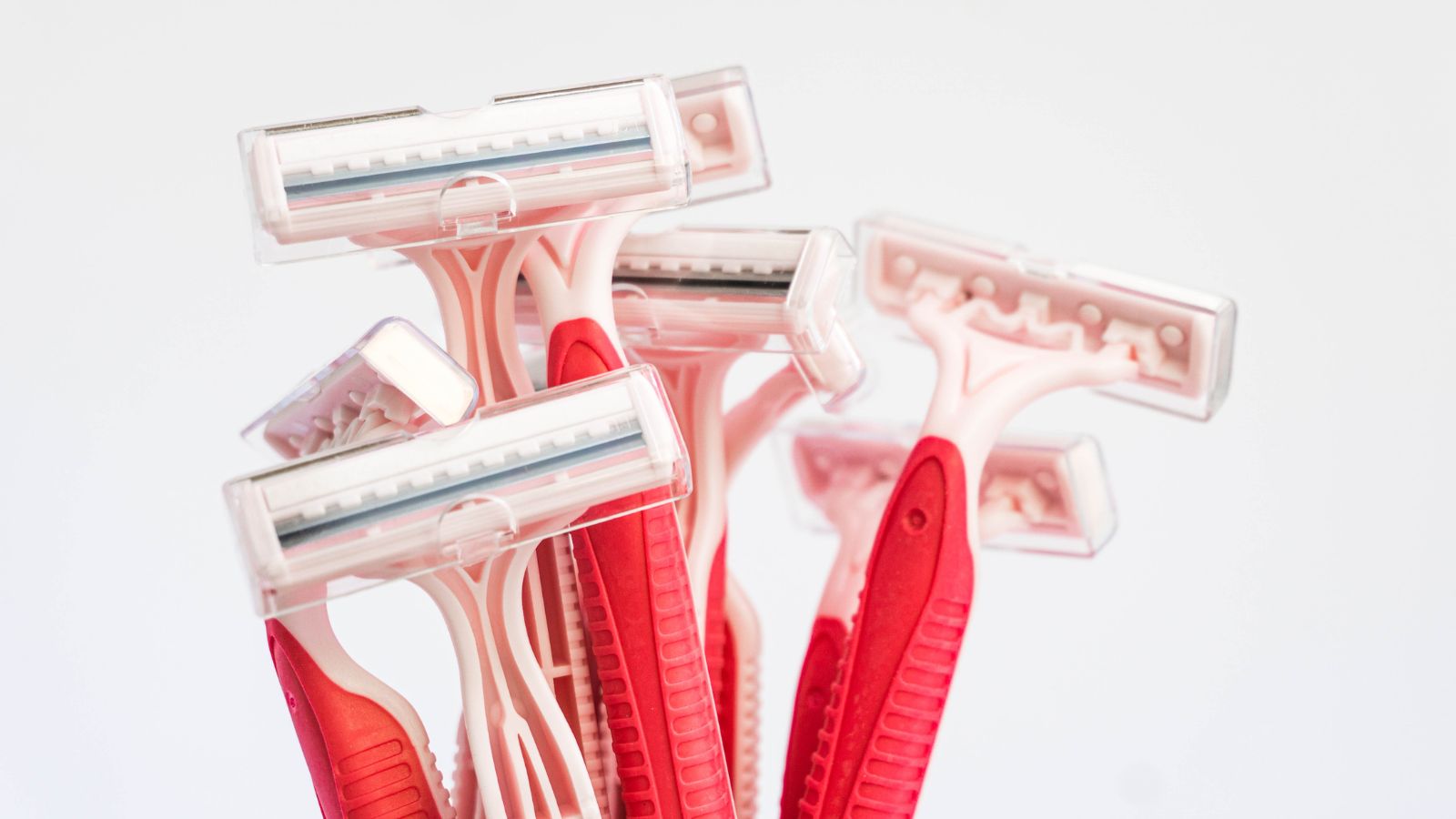
Disposable razors offer convenience at a low cost, but they are also a significant source of plastic waste. Millions of these razors are tossed away each year, adding to the global plastic problem. With the advent of high-quality, refillable razor systems, the shift toward a more sustainable shaving routine seems both practical and necessary.
Single-Use Plastic Stir Sticks for Beverages

Single-use plastic stir sticks might seem insignificant, but they’re a perfect example of how everyday items can collectively create enormous waste. These tiny sticks are used once and discarded, contributing to the plastic waste crisis. As sustainable alternatives like paper or biodegradable stir sticks become more common, the plastic versions will likely vanish from our coffee shops.
Plastic Cotton Swabs with Plastic Stems
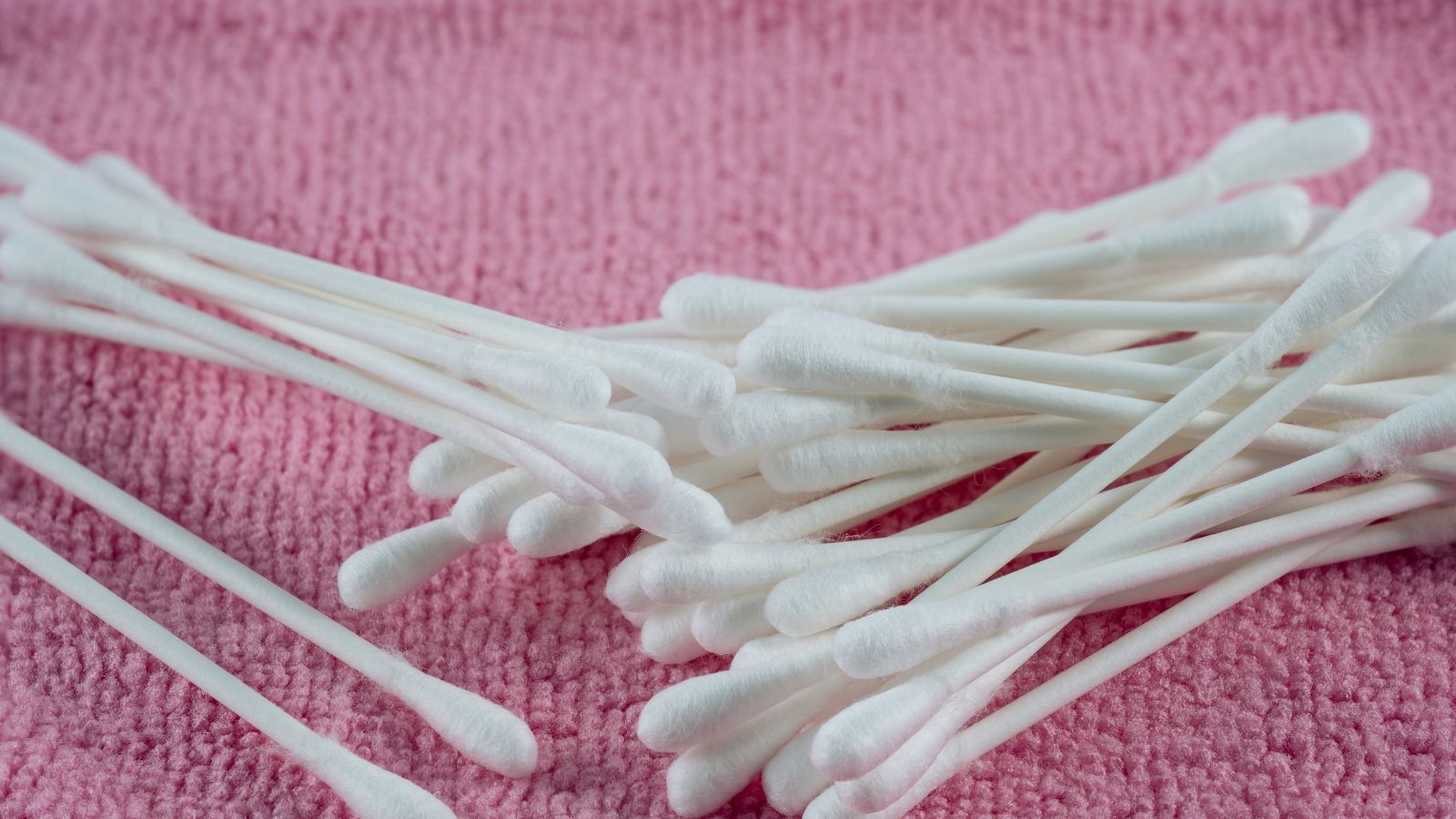
Cotton swabs are a common household item, but the plastic stems on many of them have raised environmental concerns. Although they’re small, these stems add up over time. Many companies have already started offering cotton swabs with biodegradable stems, and growing regulatory pressure might soon require all manufacturers to follow suit.
Disposable Plastic Plates and Bowls
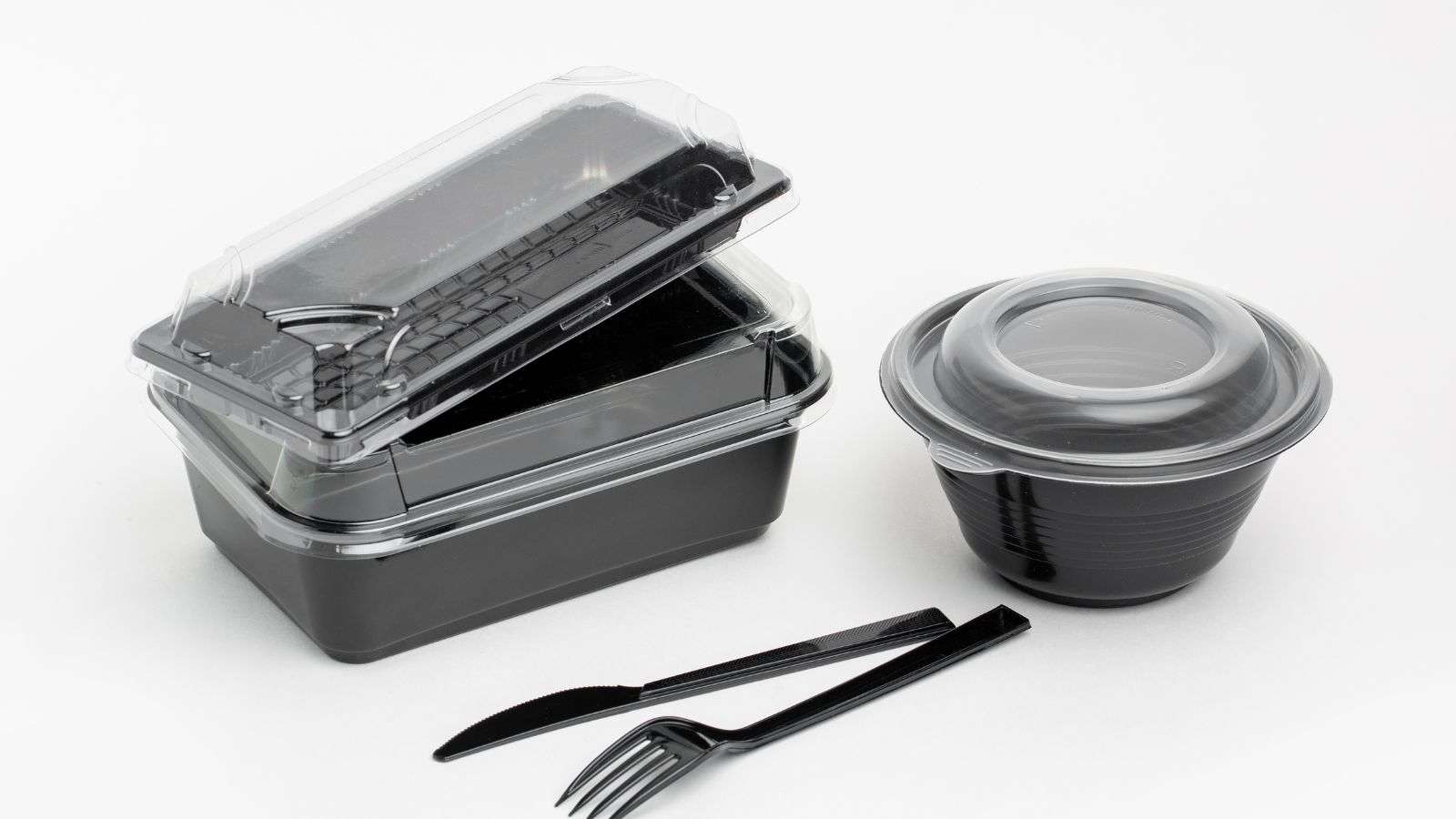
Disposable plates and bowls are popular for parties and takeout meals, but their convenience comes at a steep environmental price. These items generate vast amounts of waste and are rarely recycled. As consumers and businesses become more eco-conscious, the market is shifting toward reusable or biodegradable dinnerware options that can help reduce our overall waste.
Single-Use Plastic Coffee Stirrers
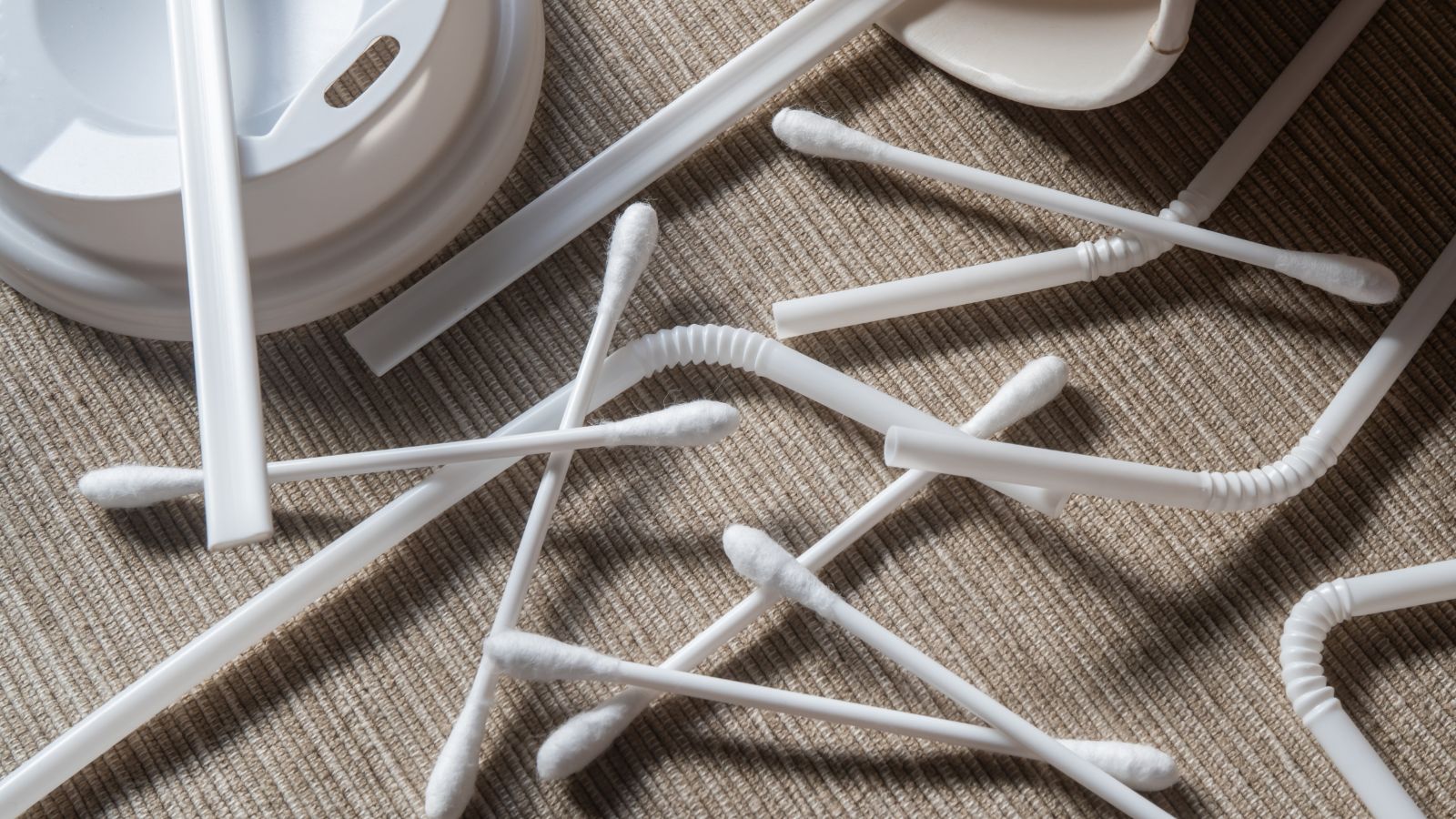
Finally, consider single-use plastic coffee stirrers. Like many other small disposable items, they contribute to the overall problem of plastic waste. Their ease of use makes them a favorite at cafes. However, as more sustainable alternatives emerge, the disposable versions might soon be a thing of the past.
Conclusion

The possibility of banning these 29 common household products marks a significant turning point in how we view everyday items. It’s not just about eliminating waste—it’s about reimagining a way of living that values our health and environment. While the transition may involve some adjustments and challenges, the promise of a cleaner, safer world makes it a journey worth taking.
25 Countries Predicted to Become Economic Superpowers in the Next 20 Years

The strength of an economy plays a crucial role in various international policies about trade and relations. Certain factors determine the strength of an economy, including population growth, availability of resources, and development and advancement. Here are 25 countries predicted to become economic superpowers in the next 20 years
25 Countries Predicted to Become Economic Superpowers in the Next 20 Years
